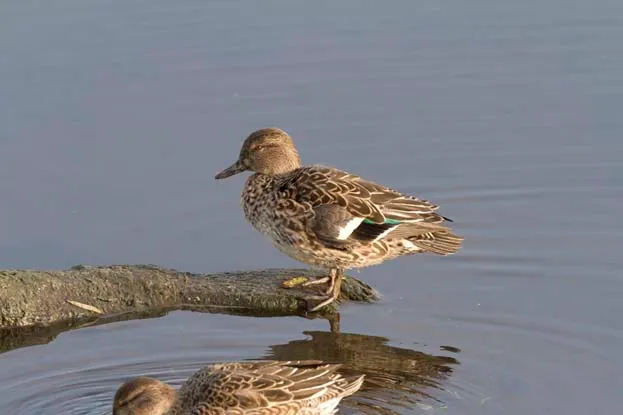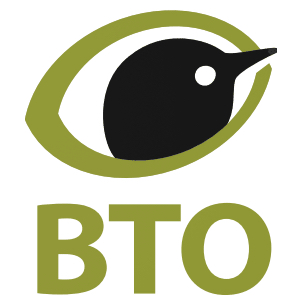1 Winter spectacle
If you want to see teal in the UK, the best time is during the winter. They are vulnerable in particularly cold weather, which means that in years where water bodies in continental Europe freeze over, we can have over 200,000 individuals in the UK. In winter 2010/2011, which was quite severe, 45,884 teal were counted on the Somerset Levels alone!
2 Population problem
While the number of teal wintering in the UK has increased by over 40 per cent overall in the last few decades, our resident breeding population is facing problems. The extent of their range has been decreasing and, while it is unclear as to why, it is thought that the loss of wetland sites through land drainage might be part of the problem.
3 Breeding preferences
The UK has approximately 2,100 breeding pairs of teal. They mostly breed in northern Britain, preferring upland moorland and bogs, but they are found in the south as well, favouring smaller streams and still water bodies with good cover. The nest is a simple shallow scrape, lined with plant material and duck down.

Female teal are much less colourful than the males but look out for their green speculum. © Paul Newton/BTO
4 A ‘spring’ of teal
A group of teal is called a ‘spring’. This is because when they take off into the air, they do so almost vertically. Once they are airborne, they swerve and twist in dense flocks. The males have a piping call during flight that helps to keep the flock together. Individuals can live for a long time. A female, ringed in Essex in 1970, was shot 18 years and 20 days later in 1988!
5 Omnivorous ducks
Teal have a varied diet, and feed by dabbling in the shallows, grazing or even occasionally diving for food. During the breeding season they predominantly eat aquatic invertebrates such as crustaceans and insects. In the winter, however, they feed mostly on seeds and are often seen feeding at night.
6 Small and colourful
Our smallest native duck, you can’t miss a male teal during the breeding season. They are extremely colourful with a chestnut head, yellow-bordered green patches over the eyes, yellow under the tail and grey, finely marked plumage elsewhere. In late summer, however, their eclipse plumage looks like that of the females with mottled grey-brown plumage and green speculum.
The British Trust of Ornithology (BTO) works in partnership with over 40,000 volunteer birdwatchers to chart the fortunes of UK birds.
The BTO coordinates the Wetland Bird Survey (WeBS), which monitors non-breeding waterbirds in the UK. This is a joint scheme of the BTO, RSPB and JNCC in association with WWT.
For more information about WeBS, including how to take part, please email webs@bto.org.

